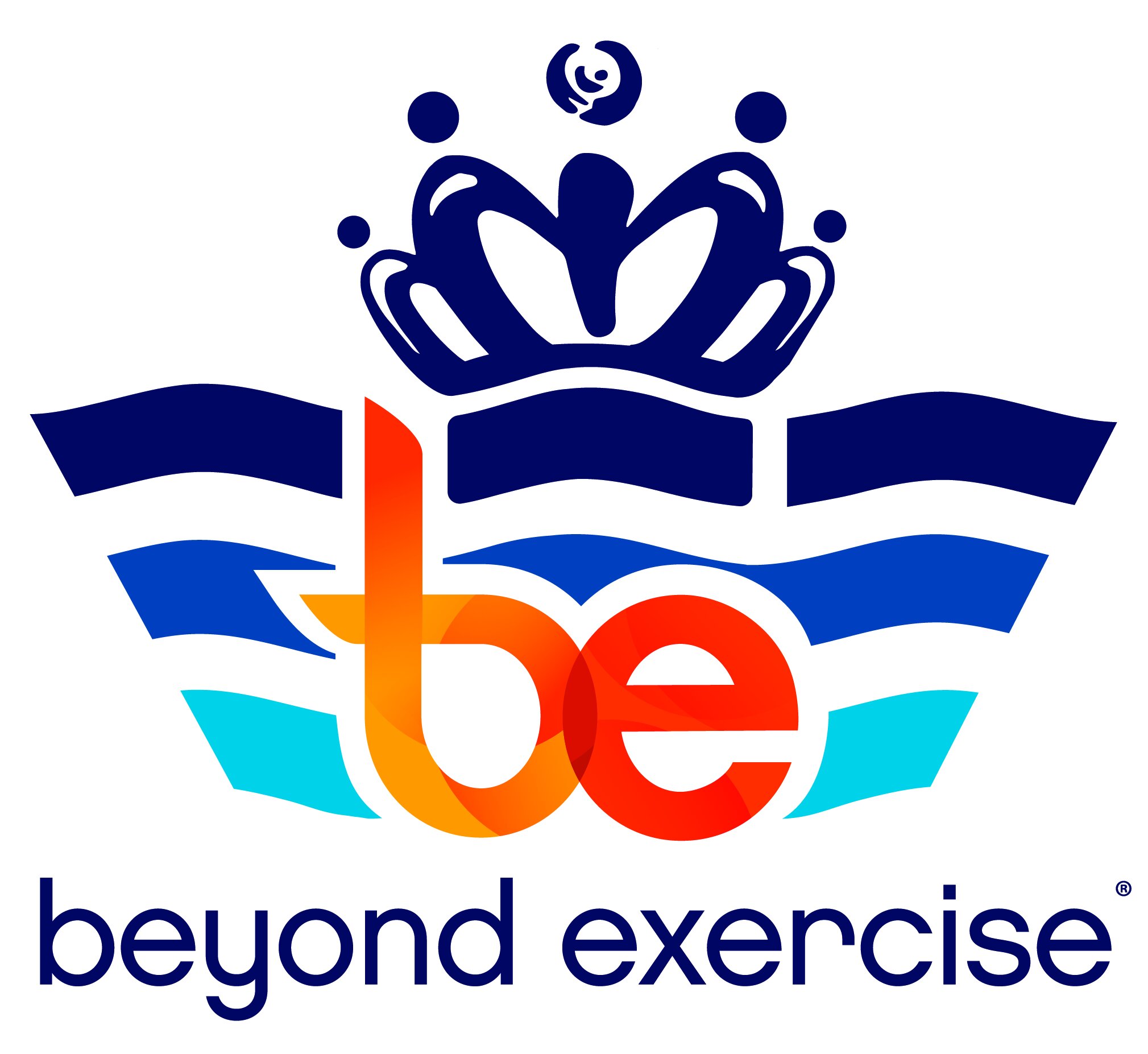BE's Top 3 Cycling Injuries and Their Causes (Part 1)
by Dr. Jen Moehring-Schmidt, PT, DPT, OCS
While the sport of cycling may not account for as many injuries as football, running, or gymnastics, riding a bike can still be guilty of causing some nagging aches and pains. Sometimes these can be frustrating enough to cause an athlete to reconsider cycling at all!
Because cycling is primarily a non-impact, non weight-bearing sport, overuse injuries - in the absence of trauma - tend to be less frequent. However, due to the repetitive nature of the sport, cyclists are prone to experience some form of injury at any given time. As intensity, frequency and duration increase, so do the chances of sustaining an overuse (non-traumatic) injury.
First Thing’s First: Understanding your Biomechanics
We’ve all heard the quotes from both professional and amateur cyclists about 'being one with the bicycle' and feeling as though they are 'welded together as one entity' when riding a bike. While there is no doubt that this sentimentality is true, riding a bike does not exactly place the human body into an intuitive, natural position. Unless you are a seasoned cyclist with a bike perfectly fit to your anatomy, you are more than likely to feel as though you have been wadded into a ball and "stuck" on a bike.
Our bodies are designed to walk, run, and swim. Adding a machine or a piece of equipment to the picture complicates things a bit. It takes time (a lot of time) to train the body’s ligaments, muscles, and tendons to perform optimally in a sub-optimal position for a given length of time.
Riding a bike utilizes very specific muscles to generate the power necessary to climb, sprint, and time trial. There is also a very precise position that the body must be placed into in order to realize this power. Therefore, cycling is a very unique sport with a unique injury profile and it is important to be cognizant of these potential side-liners.
Our top three list of the most notorious cycling injuries and their culprits are described below.
Knee Pain
The most common complaint in cycling is knee pain, specifically the anterior (front) and lateral (outside) aspects. Because the knee does not maintain any sort of contact with the bike, it is considered an unsupported structure. The knee is the "middle man” between the powerful gluteal/quadricep muscles and the ankle/foot complex. It goes without saying that the knee is crucial to the transport of power from the hip/pelvis to the pedal. Due to the repetitive nature of the sport and heavy reliance on this transfer of power, it is easy to see why the knee can become the weakest link.
Knee pain is commonly caused by increasing the volume of training, the intensity of training, or from a sub-optimal bike fit. A saddle that is positioned too high can lead to pain in the back or outside of the knee, while a saddle that is too low can cause pain in the front or inside of the knee. The fore-aft position of the saddle can also affect the forces that are placed on the knee, especially when under high tension. A saddle that is too far forward, with respect to the bottom bracket, can cause or exacerbate anterior knee pain; a saddle that is too far back can lead to posterior knee pain (behind the knee). The cleat position, as well as the amount of float (if any) can contribute to discomfort at the patella.
It is commonly—and mistakenly—thought that a cyclist should maintain perfect form and alignment on the bike. While this may be true to a degree, one should never try to "undo" their natural anatomy. For instance, someone who may be "pigeon-toed" when walking should also aim to produce a toe-in cleat position when on the bike. An individual with genu varus, or who is "bow-legged", may require a bit more float in the pedal to accommodate for the natural rotations of their skeletal system. The knee is a relatively simple "hinge" joint, but it is also a joint that can be tricky.
Most of the time, knee pain is a derivative of an issue in the lower back, hip, and/or ankle, along with the associated musculature. Addressing these issues, if necessary, is imperative to attaining knee health. If the fit is correct and the training load has not drastically increased, then it may be time to evaluate the mobility of the associated joints, along with the health of the tissues surrounding those joints.
(Stay Tuned for Part 2: Low Back Pain)
If you’d like to consult with one of our specialists to address your cycling injury, contact us to make an appointment or fill out this form to have someone speak to you about our service options.
